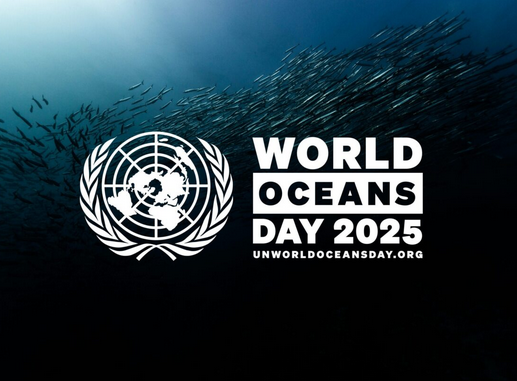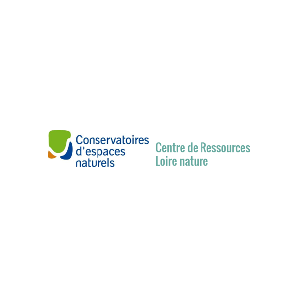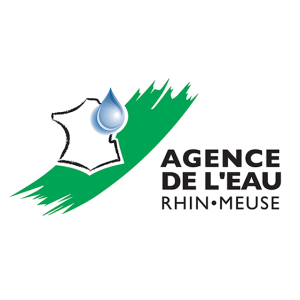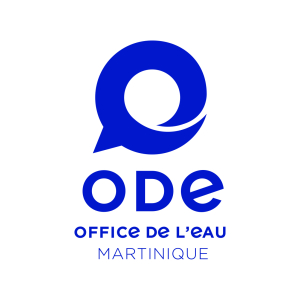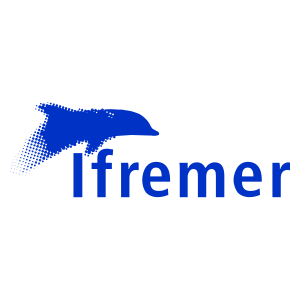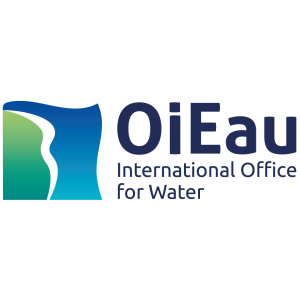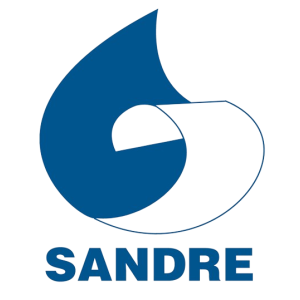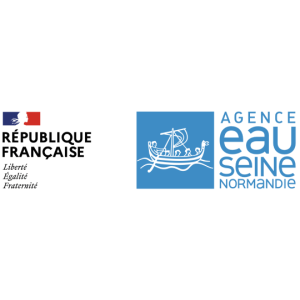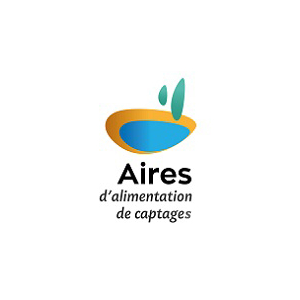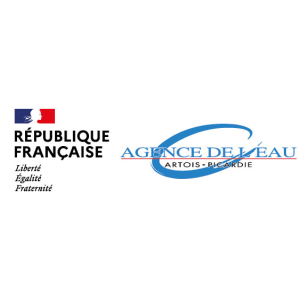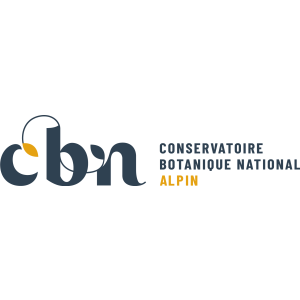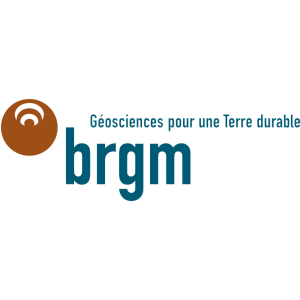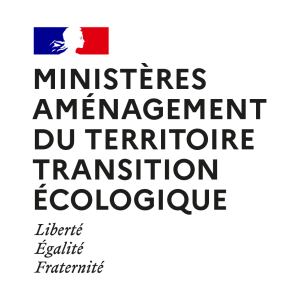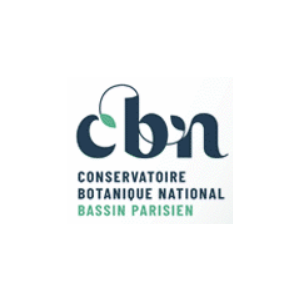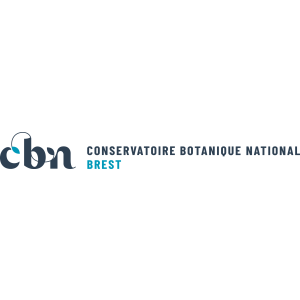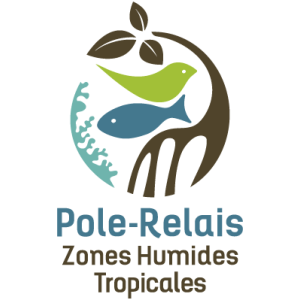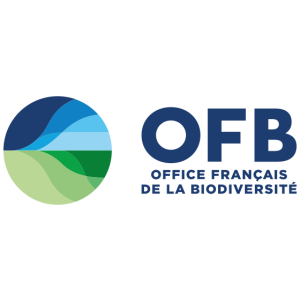Mettre en lumière la face cachée de l'océan : biodiversité et écologie des poissons mésopélagiques de l'Atlantique tropical sud-ouest
Auteur(s)
Nole Eduardo, Leandro
Date de publication
Diffuseur
Université de Montpellier, Federal Rural University of Pernambuco (Brésil)
Résumé
Here we propose a comprehensive study on the biodiversity and ecology of mesopelagic fishes from the Southwestern Tropical Atlantic (SWTA). For that, we combined information on the diversity, abundance, distribution, trophic ecology, and physical and chemical habitat of thousands of mesopelagic specimens recently collected on the surveys of the project ABRACOS (Acoustics along the BRAzilian COaSt; 2015 and 2017). This thesis is organized over a general introduction, two main chapters, and a conclusion. In the first chapter, organized over nine articles, we addressed the biodiversity, distribution, and morphometrical aspects of mesopelagic fishes, providing the first baseline of mesopelagic fish biodiversity from the SWTA. In the first article, which included a synthesis of the mesopelagic fish fauna in the area, we showed that a relatively high number of taxa occurs in the study area, including at least 24 orders, 56 families, and 207 species. From those, nine species (4%) are potentially new and 61 (30%) represented new records for Brazilian waters. Five families were predominant and accounted for 52% of the diversity of taxa, 90% of the specimens collected, and 72% of the total biomass: Myctophidae, Stomiidae, Gonostomatidae, Melamphaidae, and Sternoptychidae. In six complementary articles, we detailed the diversity, distribution, and morphometry of the following fish groups: Trichiuridae, Howelidae, Caristiidae, Argentiniformes, Stephanoberycoidei, and Ceratioidei. In these studies, we not only report the new occurrence of species in the SWTA, but also reviewed, re-identified, and discussed previously records of mesopelagic species along the SWTA. Finally, in two articles we provided novel length-weight relationships for twenty-three species.In the second chapter, organized over three articles, we addressed the ecology of the most important (in terms of abundance and biomass) species identified in chapter one: Sternoptychidae (hatchetfishes), Myctophidae (lanternfishes), and the viperfish Chauliodus sloani. We pointed out which species in the SWTA vertically migrate to the surface to feed at night and actively transport the ingested carbon to deep waters during daylight. Moreover, we showed how it might be related to physical-chemical features. We demonstrated that several species occupy an important trophic position by consuming zooplankton and providing forage for numerous epipelagic and deep-sea predators. Additionally, we showed high consumption of gelatinous organisms, a crucial trophic relationship that has been historically underestimated. By combining all the information, we demonstrated that mesopelagic fishes are segregated into functional groups with different diet preferences, isotopic composition, vertical abundance peaks, and responses to environmental constraints (temperature and oxygen). As an example, we defined five functional groups for hatchetfishes, whereas over three patterns of prey preference and four patterns of migratory behaviour for lanternfishes. These patterns reveal a high resource partitioning and several mechanisms to avoid competitive exclusion. Finally, through the study case of the viperfish we explored how physical drivers affect the ecology of mesopelagic species and how these relationships are likely to change over large oceanic areas. We showed that the ecology and functional roles of the viperfish are expected to be modulated by the latitudinal change in temperature. For instance, in most tropical regions the viperfish stay full-time feeding, excreting, and serving as prey at deep layers. On the contrary, in temperate regions, the viperfish ascend to superficial waters where it trophically interacts with epipelagic predators and may release carbon where remineralization is the greatest. Information presented here significantly contributes to the overall understanding of the biodiversity and ecology of several deep-sea species.
Mots clés
Écologie trophique
Biodiversité
Poissons mésopélagiques
Oxygène
Isotopes stables
Migration nycthémérales
Trophic ecology
Biodiversity
Deep-Sea fishes
Oxygen
Stable isotopes
Diel vertical migrations
Diffuseur des métadonnées
Identifiant Documentaire
Source
Langue
fre
Droits de réutilisation
info:eu-repo/semantics/openAccess
Pour référencer la notice
